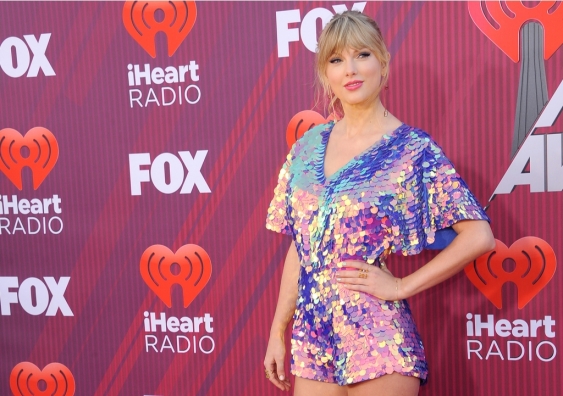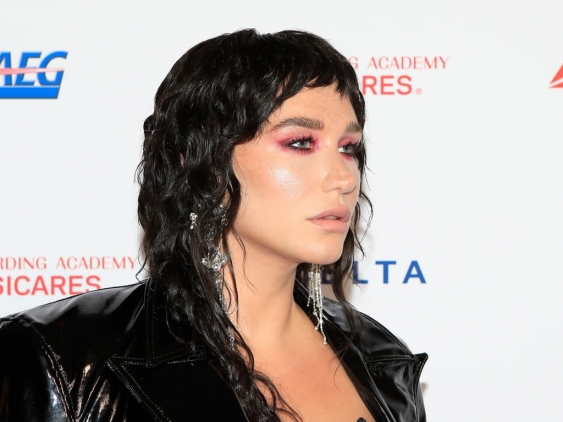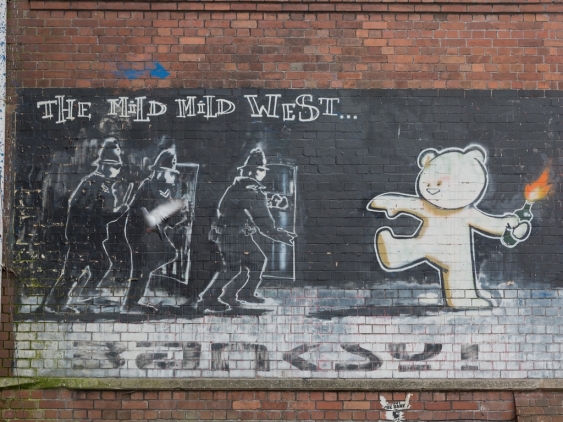Do copyright laws really protect the work of artists?
Copyright is much more than a creator's private property right or a mechanism through which corporations control cultural production and influence mass consumption choices, says cultural law expert.






